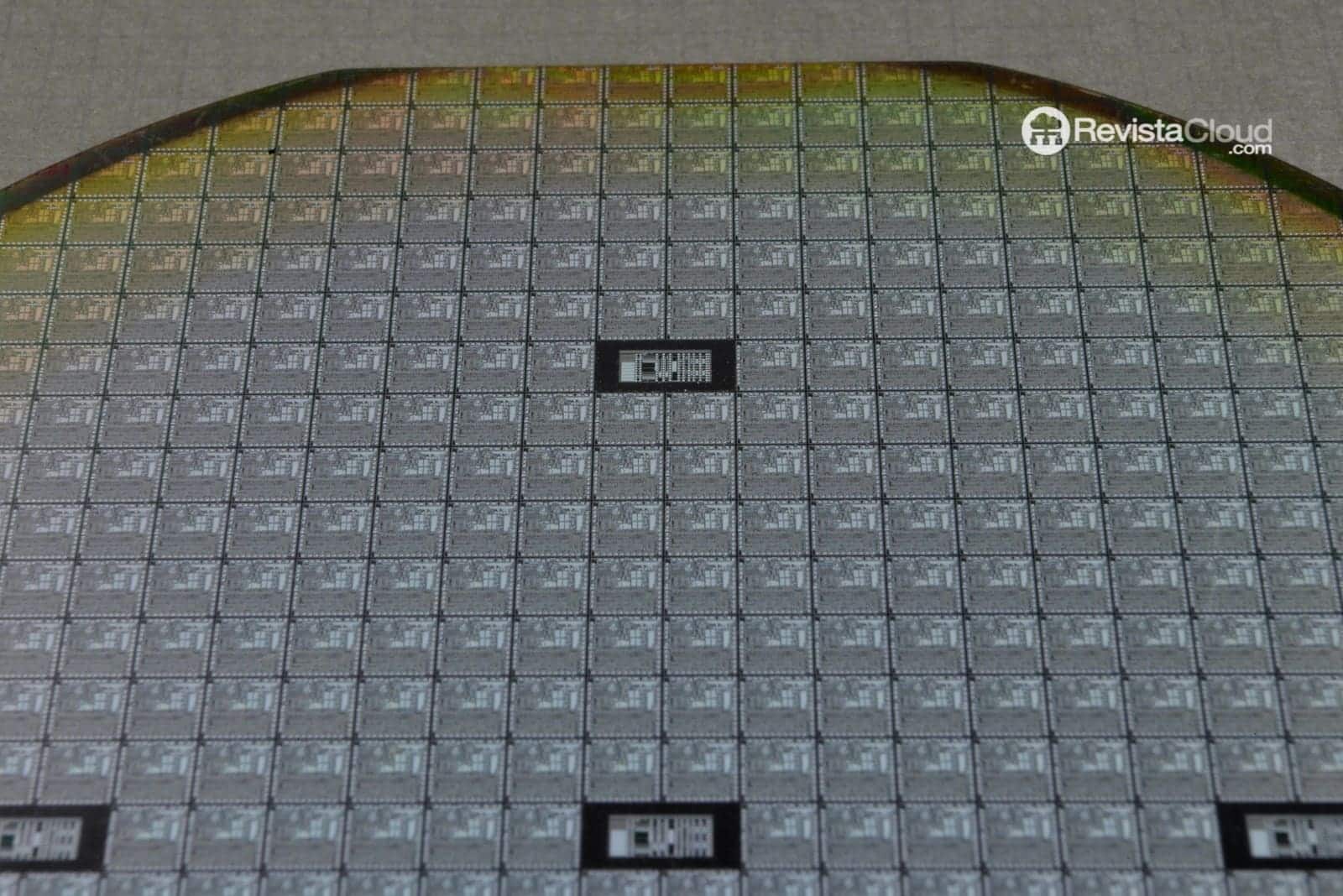The semiconductor sector is experiencing significant expansion with the construction of new factories worldwide. However, according to a report from Exyte published in Semiconductor Digest, the process in the United States is considerably slower and more expensive compared to Taiwan. While a plant in the Asian island is completed in approximately 19 months, the same process in the U.S. extends up to 38 months.
Key Factors in Delay and Cost
One of the main reasons for the delay in the U.S. is the prolonged permitting approval process, which can take between 14 to 20 months, compared to 6 to 13 months in Taiwan. Additionally, construction in the U.S. does not operate 24 hours a day, unlike in Taiwan, which significantly slows down the process. In Europe, where factory construction also faces regulatory challenges, it takes around 34 months.
Comparison of Factory Construction Durations by Region
- Taiwan: 19 months
- Singapore and Malaysia: 23 months
- Europe: 34 months
- U.S.: 38 months

Cost is also a critical factor. Building a chip factory in the U.S. is roughly twice as expensive as in Taiwan, even though the equipment used has similar price points. The difference is attributed to higher labor costs, stricter regulations, and less efficient supply chains. Moreover, the Taiwanese workforce has extensive experience in this type of construction, which reduces the need for detailed plans and accelerates the process.
Proposals to Improve Competitiveness
To narrow the gap with Taiwan, the U.S. and Europe need to optimize the permitting process, improve construction techniques, and adopt advanced technologies like digital twins. According to Herbert Blaschitz, an executive at Exyte, “virtual commissioning” allows for the identification of issues before physical construction begins, which could reduce costs and improve efficiency.
The Magnitude of Investment in Semiconductor Factories
Building a state-of-the-art chip factory requires investments exceeding $20 billion, with between $4 billion and $6 billion allocated exclusively for infrastructure. The process involves 30 to 40 million work hours, 83,000 tons of steel, 5,600 miles of electrical wiring, and 785,000 cubic yards of concrete.
These facilities typically include clean rooms of up to 40,000 square meters and 2,000 production tools for lithography, deposition, etching, and cleaning, each with around 50 service connections.
A Future with More Factories
According to the World Fab Forecast report by SEMI, in 2025, construction will begin on 18 new semiconductor factories worldwide. Among them, 15 will be 300 mm plants and 3 will be 200 mm, many of which will become operational between 2026 and 2027. Overall, the industry plans to launch 97 high-volume factories in the coming years.
Conclusion
Although the U.S. has implemented the CHIPS Act to enhance the competitiveness of the sector, experts agree that it is insufficient to match Taiwan’s efficiency. The adoption of digital technologies and a more agile regulatory approach could be key in accelerating factory construction and reducing costs in the future.

